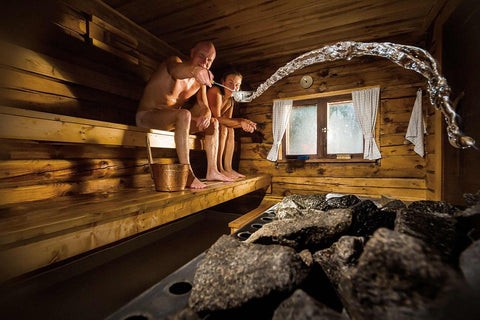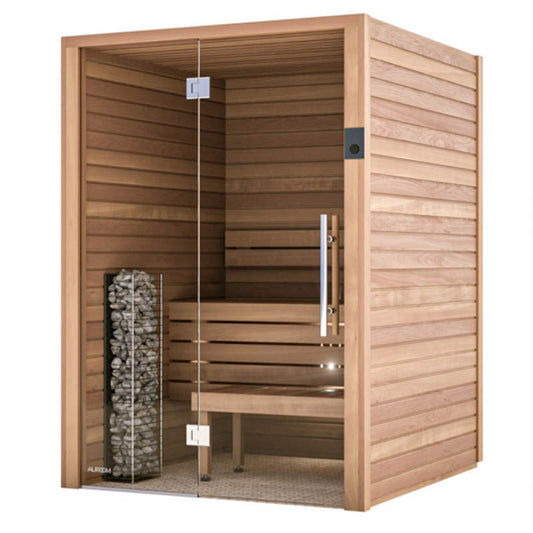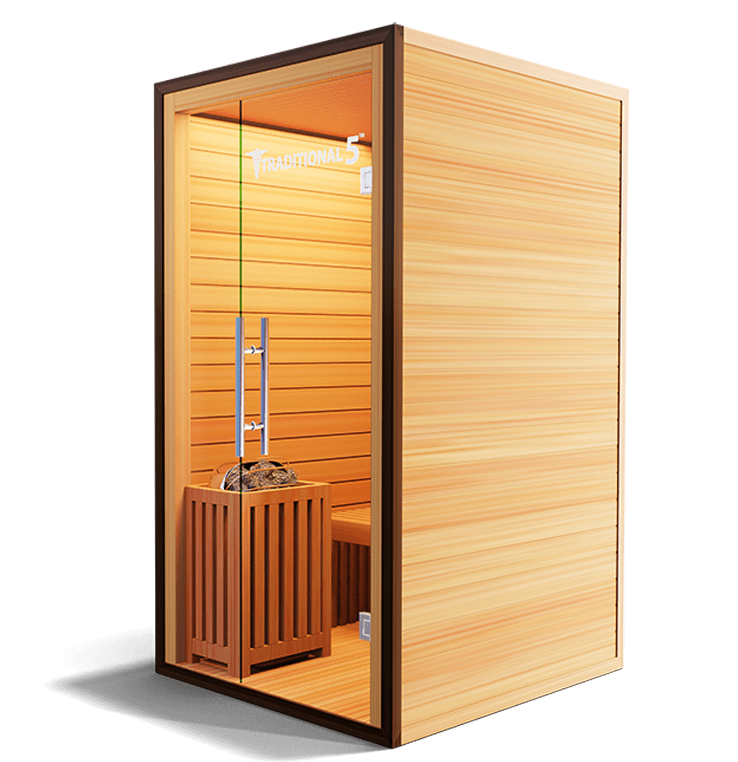The Best Guide To Traditional Sauna
The Best Guide To Traditional Sauna
Blog Article
The 6-Minute Rule for Traditional Sauna
Table of ContentsSome Ideas on Traditional Sauna You Need To KnowThe Traditional Sauna DiariesSome Ideas on Traditional Sauna You Need To KnowThe smart Trick of Traditional Sauna That Nobody is DiscussingThe Buzz on Traditional Sauna
The majority of the weight lost in a sauna is water loss and is re-gained upon rehydrating. Nevertheless, undeniably sauna can be a vital part of a healthy weight reduction program. To check out the distinctions between standard and IR saunas, I will certainly divide these right into proven, theoretical, and produced distinctions.Thus, the hottest factor in the saunawhich is at the ceiling directly above the sauna heateris usually between 185 and 190 F. Claims that a traditional sauna exceeds 200 F is just not true and not appropriate for electrical saunas sold in the United States. The temperature level for a far-infrared sauna is typically established between 120 and 140 F; however, unlike the traditional sauna, the goal in and IR space is not to achieve a high temperature level.

When a standard sauna has been effectively warmed, the sauna wall surfaces are cozy, the air temperature has attained established temperature and the rocks are incredibly heated. As an interesting side note, the heated wall surfaces and the rocks are giving off far-infrared heat, integrated with the warmed air, to create an "covering warm".
Our Traditional Sauna Ideas
When the heat is attained, the aspects cycle on and off to keep the heat. The majority of traditional sauna users enjoy pouring water over the rocks to create vapor to increase sauna moisture degrees. The advantages of pouring water over the rocks include: making the area a lot more comfortable, dampening the nasal passages, and allowing the use of aromatherapy by mixing important oils with the water.

When the power enters the body, it triggers the body temperature level to raise and ultimately leads to sweating. In an infrared sauna it's crucial for the emitters/heaters to stay on nearly constantly. Considering that there is no mass of rocks to keep warmth, the sauna will cool down if the emitters shut down.
See This Report on Traditional Sauna
As discussed over, the sauna bather in an infrared room desires to place himself before running emitters to get maximum take advantage of the warm. The heating time for the two areas can be very various, depending on just how the areas are utilized. For a conventional sauna, a bather must allow 30-40 minutes for the area to attain a desired temperature and to appropriately pre-heat the rocks.

A well created sauna will typically attain a temperature level of 150-160 F in concerning 30-40 mins. For hotter temperature levels, the room may need to warmth for a longer period.
To some, 15 minutes was "thrown away" while the infrared power heated up the timber panels as opposed to heating up a body, while others locate a pre-heated space to click this be a lot more comfortable and believe an elevated starting temperature is necessary to start sweating. The length of advised usage for each area is approximately the same (10-15 mins per session); however, due to the lower air temperatures and the capability to really feel the effects of infrared warmth quicker than a traditional sauna, it is not unusual for an individual to invest a total amount of 20-30 mins in an infrared sauna.
How Traditional Sauna can Save You Time, Stress, and Money.

The ordinary expense per kWH of electricity in the united state is roughly $0.11, so a 4.5 kW heating unit will cost approximately $.50 to run for one hour, if the heating unit runs continually for one hour. Generally a sauna heater will certainly run for 75% of the first hour and 50% of succeeding hours on because the components cycle once the established temperature is achieved.
A 2 individual far-infrared area is generally literally smaller than a traditional sauna, commonly regarding 4' x 4' or smaller. The IR home heating system is generally 1.5-1.7 kW utilizing a 120 volt 15 amp plug-in solution. Considering that the area can be used sooner than a sauna area, we will certainly think the area is used for to of an hour consisting of heat up time.
There is a rarely gone over difference in the social experience in between the two rooms. While about his our society has actually shed some of the social advantage of the typical sauna experience, it can be very socially rewarding (Traditional Sauna). From household time in the sauna, to heart-felt discussions with better halves, to sauna partiesthe traditional sauna experience can lead to intimate socializing
Not known Facts About Traditional Sauna
Most greater end infrared areas consist of tinted light therapy, audio systems and full-glass fronts.
Report this page